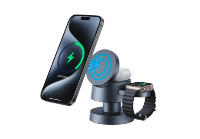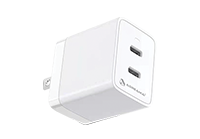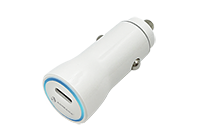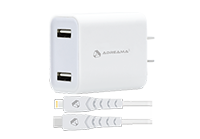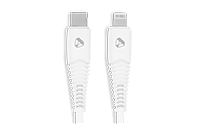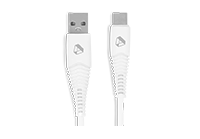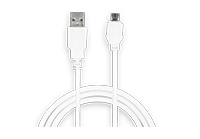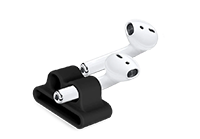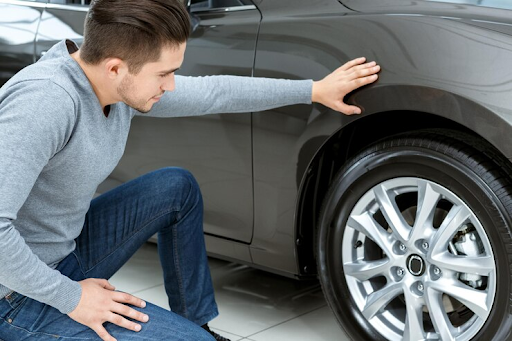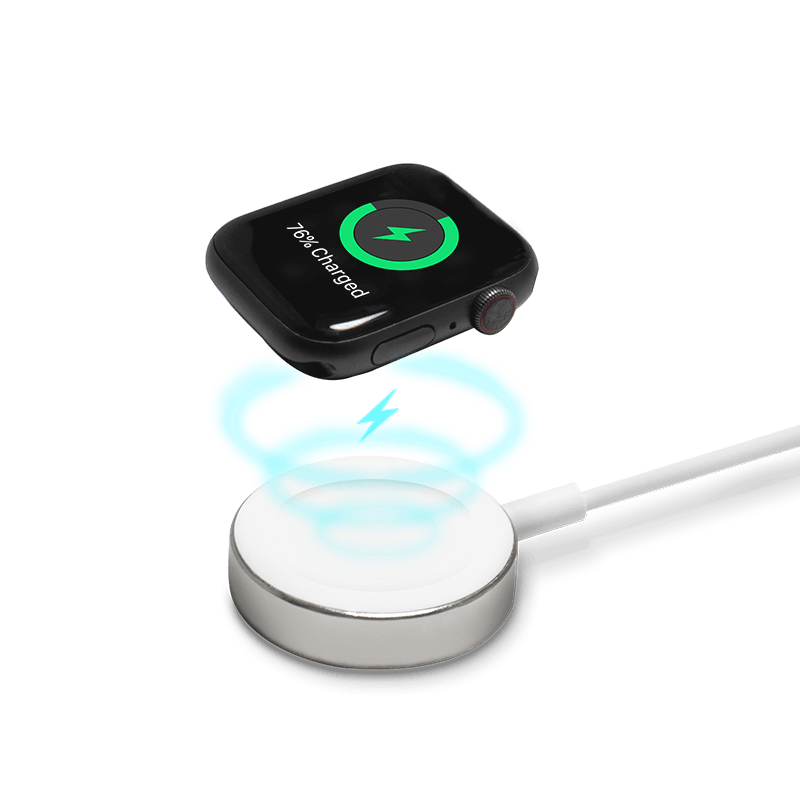Tires are the essential elements of safety in vehicles without which you can't drive, carrying us safely from point A to point B day in and day out. Yet, they often don't get the attention they deserve until there's a problem. Properly inflated tires are not only crucial for vehicle performance but also for safety and fuel efficiency. Learning how to put air in tires is a fundamental skill that every driver should possess. Whether you're a seasoned road warrior or a new driver hitting the pavement for the first time, mastering the basics of tire inflation is a vital step toward keeping your vehicle running smoothly and ensuring your safety on the road.
Here, we'll take you through the step-by-step process of properly inflating your tires, covering everything from checking your tire pressure to finding a suitable air source and ensuring that your tires are inflated to the correct pressure level. Let's get started.
Check Your Tire Pressure
The answer to how to inflate a tire begins with knowing your tire's recommended pressure. You can usually find this information on a sticker located on the driver's side door jamb or in your vehicle's owner's manual. Keep in mind that different vehicles may have different recommended pressures for the front and rear tires.
Once you've located the recommended pressure, use a tire pressure gauge to check the current pressure of each tire. If the pressure is below the recommended level, it's time to pump air into tires.
Find a Suitable Air Source
Next, you'll need to locate an air source to inflate your tires. Many gas stations and service stations offer air pumps with built-in pressure gauges that are free or require a small fee.
Some vehicles also come equipped with portable air compressors that plug into the car's cigarette lighter socket. If you plan to use a gas station air pump, be sure to have some loose change on hand, as some machines may require payment.
Prepare Your Equipment
Before you begin inflating your tires, it's essential to prepare your equipment. Make sure you have a tire pressure gauge and a tire inflator nozzle (if necessary) handy. If using a gas station air pump, remove the valve stem caps from your tires and keep them in a safe place. If you're using a cordless portable air compressor, ensure it's properly connected to your vehicle's power source.
One of the best ways to inflate tires is using the portable air compressor as it allows you to inflate anything in minutes, have auto-shut off and LED flashlight options, and powerful battery that comes handy in even the emergency situations. So, if you are looking the answer to how to put air in tires, you know the way in the form of cordless air compressor.
Inflate Your Tires
With your equipment ready, it's time to fill tires with air. Begin by attaching the inflator nozzle to the valve stem of the first tire. Press the nozzle firmly onto the valve stem to ensure a tight seal. Then, activate the air pump and inflate the tire to the recommended pressure.
Use the tire pressure gauge to periodically check the pressure as you inflate, making adjustments as needed. Repeat this process for each tire, being sure to inflate them to the appropriate pressure level. It's essential to keep your vehicle's battery charged, especially if relying on a portable air compressor. Invest in a reliable car charger to ensure your battery remains powered up, providing you with the necessary energy to handle roadside emergencies efficiently.
Check the Pressure Again
Once you've inflated all of your tires to the recommended pressure, double-check the pressure using your tire pressure gauge. It's not uncommon for tire pressure to fluctuate slightly during inflation, so this step ensures that each tire is properly inflated.
If any tire is still below the recommended pressure, add more air as needed until all tires are at the correct pressure level.
Replace Valve Stem Caps
After inflating your tires, don't forget to replace the valve stem caps. These small caps help prevent dirt and debris from entering the valve stem and causing leaks.
Simply screw the caps back onto the valve stems securely to ensure they stay in place while driving.
Regular Maintenance
In addition to periodic inflation, it's essential to check your tire pressure regularly and maintain proper inflation levels. Aim to check your tire pressure at least once a month, as well as before long trips or when carrying heavy loads.
Properly inflated tires not only improve fuel efficiency but also enhance vehicle handling and safety on the road.
To make a long story short
Learning how to pump air into tires is a fundamental skill for every driver. By following these simple steps and incorporating regular tire maintenance into your routine, you can ensure that your tires remain properly inflated and your vehicle performs at its best.
So, the next time you notice your tires looking a little deflated, don't hesitate to grab your tire pressure gauge and head to the nearest air pump. Or the best way - using an air compressor to do everything by yourself. This method will allow your tires and your wallet to thank you for it.






